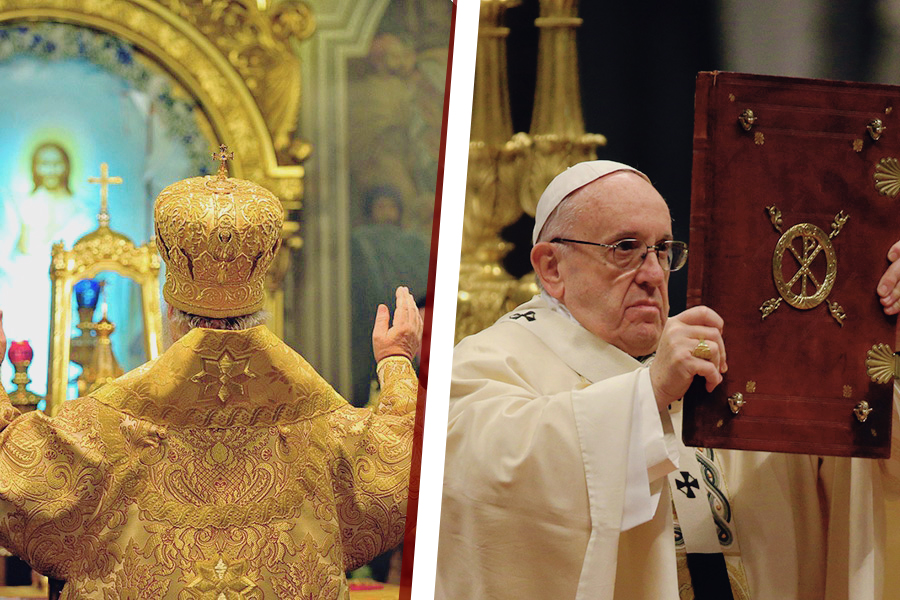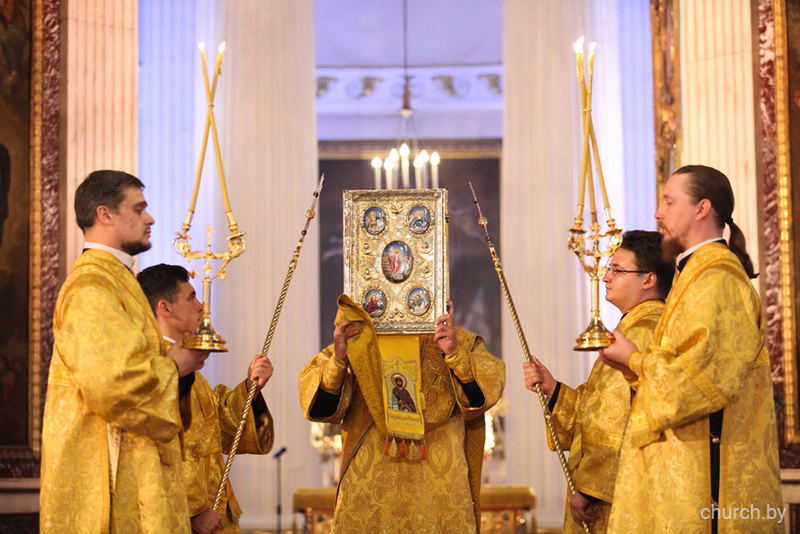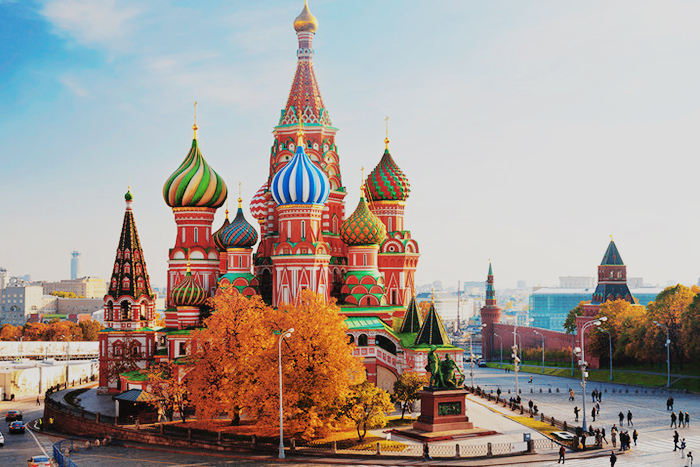
On October 14, 1991, St. Basil’s Cathedral was reopened for church services after six decades of being barred from hosting religious rites. Here are five fun facts about the world’s most famous onion domes.
1. The Cathedral was a public museum during the Soviet period. Although official Soviet doctrine replaced all religious practice with a sturdy Marxist atheism and many churches across Russia were demolished, St. Basil’s Cathedral lived on at the heart of Red Square in central Moscow. Its existence was threatened multiple times, especially in the early years of Soviet rule and under Stalin. One Soviet architect even went to the Gulag about it, telling the Kremlin point-blank that he wouldn’t demolish the historic building.
2. It has almost as many names as onion domes. For example:
- The Cathedral of the Intercession of the Most Holy Theotokos on the Moat (the official name, dedicating the site to the protection of Virgin Mary)
- The Church of the Intercession (for short)
- Pokrovsky Cathedral (in Russian, basically “Intercession Cathedral”)
- Trinity Church (the original title from the consecration date on July 12, 1561)
- Cathedral of St. Vasily the Blessed – or for most, St. Basil’s Cathedral (for St. Basil, a popular miracle worker who influenced Ivan IV. This is technically the name of the north-eastern annex, but is often used as the name for the structure as a whole).
In fact, the reason it has about as many names as domes is that the cathedral as a whole is made up of nine individual chapels. Not all of the names used to describe the entire building refer to individual chapels, but that’s certainly one source of confusion.
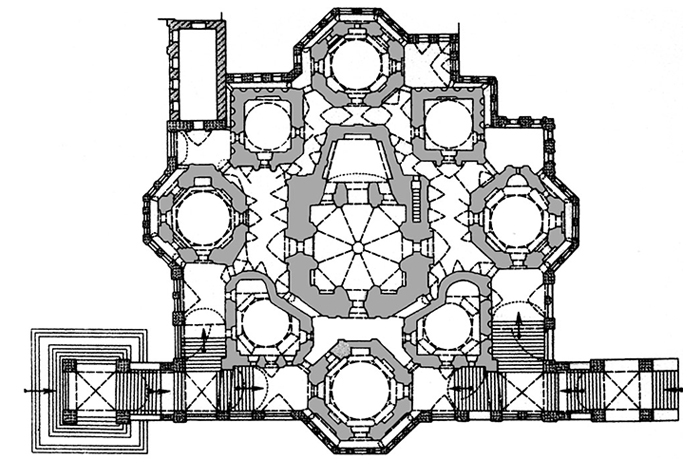
3. It’s a church with a military background. Ivan IV (also known as “The Terrible”) commissioned the church to commemorate Russia’s victory in Kazan’ and Astrakhan, one of the first major victories restoring Russian land from the Kazan Khanate (1552-1554). St. Basil, known as a “holy fool,” was perhaps the only person to stand up to Ivan the Terrible about the lives lost under his rule, and is rumored to be the one thing Ivan feared. And the building’s bloody background doesn’t end there. Popular legend has it that after the cathedral was completed, Ivan IV ordered for the architect to be blinded so he could never complete a work of comparable beauty. Exactly who that architect was and whether the story is true, however, remains a mystery.
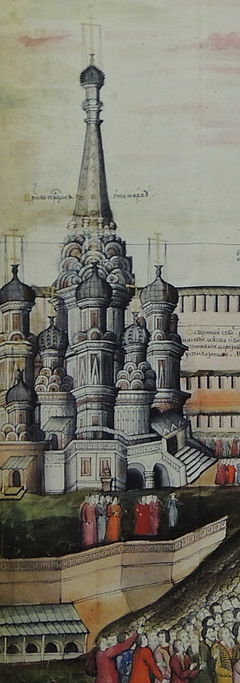
4. The architecture is still kind of a mystery. How architects in the 16th century had figured out how to build such a complex, many-spired structure without design drawings was an enigma for centuries. But in 1954-1955 – notably, soon after Stalin’s death in 1953 and at the start of Khrushchev’s reforms – the historical landmark was restored, at which time the trick behind the architecture became clear. Restorers observed that the walls of the building had been outlined with thin timbers before all the ornamentation went up – a trick that basically gave a three-dimensional blueprint. Working from that image for what the completed structure would look like was a handy guide for the bricklayers.
5. Those wild colors are more newfangled than you might think. That’s right: the cathedral used to be white and its domes were gold. Up until the late 19th century, the Kremlin was painted white, and the Cathedral matched. The red brick and multicolored decorations are a more recent addition, with the current paint scheme created in 1860.
Source: https://www.russianlife.com/stories/online/five-wild-facts-about-st-basil-s-cathedral/

